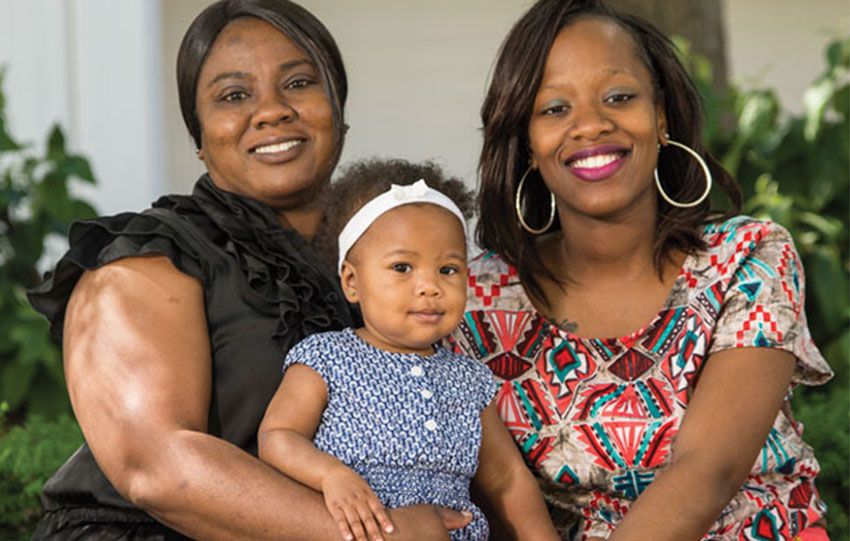
In 2013, Danette Cunningham, 47, was driving her car when she unexpectedly blacked out and crashed. She had no idea what happened, and didn’t drive for four months. After replacing her car, Danette blacked out again while driving. After the crash, she would also get the shakes at times and hear voices in her head that were not hers. “I just wanted to be me again,” she says.
No Memory Of the Accidents
Her physician thought she might have epilepsy and referred her to Mohamad Koubeissi, MD, FAAN, FANA, Associate Professor of Neurology; Director of the George Washington University School of Medicine and Health Sciences’ Epilepsy Center, for evaluation. Dr. Koubeissi ran tests on Danette, explaining that when a seizure happens, consciousness shuts down, but the body keeps running, controlled by the subconscious, almost like a robot. That is why Danette has no memory of having the seizures and the accidents.
Danette did not respond to prescription medications for her seizures, so Dr. Koubeissi suggested a new deep brain stimulation procedure for treatment-resistant seizure disorders designed to stimulate deep brain structures with low frequencies.
The Delicate Procedure Begins
In June 2015, Danette was monitored for seizures before her surgery, and had four seizures in five days. On the day of the surgery, Donald Shields, MD, Ph.D, MBA, FACS, Neurosurgeon, and Associate Professor of Neurosurgery at GW University School of Medicine and Health Sciences, implanted monitoring electrodes so they could study her brain waves in the days following implantation. Next, they implanted the permanent deep brain stimulator into the hippocampal commissure of the fornix of the brain.
Tests showed Danette had only one seizure during the electrode implantation, and a month later she was back home and beginning to enjoy life again. “I have not had a seizure in over six months,” says Danette. Danette says she is gradually gaining back her quality of life and she is improving every day. “I will be forever grateful to Dr. Koubeissi, Dr. Shields and the staff at GW Hospital for the excellent care I received,” she says.


